Knots are very useful when you spend a lot of time out at sea diving. When you use a knot for the right purpose, it is easy to untie even after some strain has been applied to the line. However, you can’t just learn to tie a knot by watching, or doing it just once and expect to remember it the next time when you really need to tie one. I keep a 3 m length 3 mm rope around the house and practice whenever I have some free time.

Before we talk about the knots, let’s just walk over the common terms for the parts of a line.

Working end – the end that you work on.
Bight – a curved section of the line.
Crossing turn – a line that overlaps itself forming a loop.
Standing end – the other end of the line.
The 3 type of knots I’ll cover are the stopper knot, loop knot and the bending knot.
- The stopper knot is a knot that is tied at the end of the line and is usually used to stop the line from pulling through a hole. The stopper knot can also add weight to the end of the line so it is easier for you to throw the line. We will learn the Figure of Eight knot as a stopper knot.
- The loop knot is used to make a loop at the end of a line. You can use this knot to secure a line to a ring, dive buoy, or something you can hold on to at the end of the line. The Bowline knot is a popular loop knot.
- The bending knot is used for temporarily joining two lines together. The Sheet Bend is an easy to learn bending knot.
Let’s start!
Figure of Eight
The Figure of Eight knot can be used as a stopper knot.
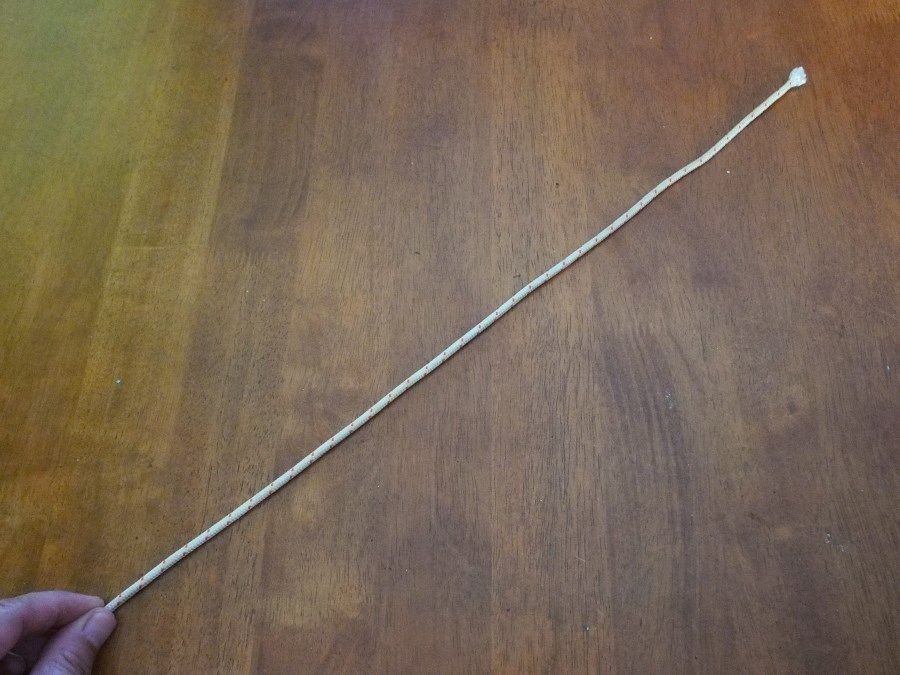
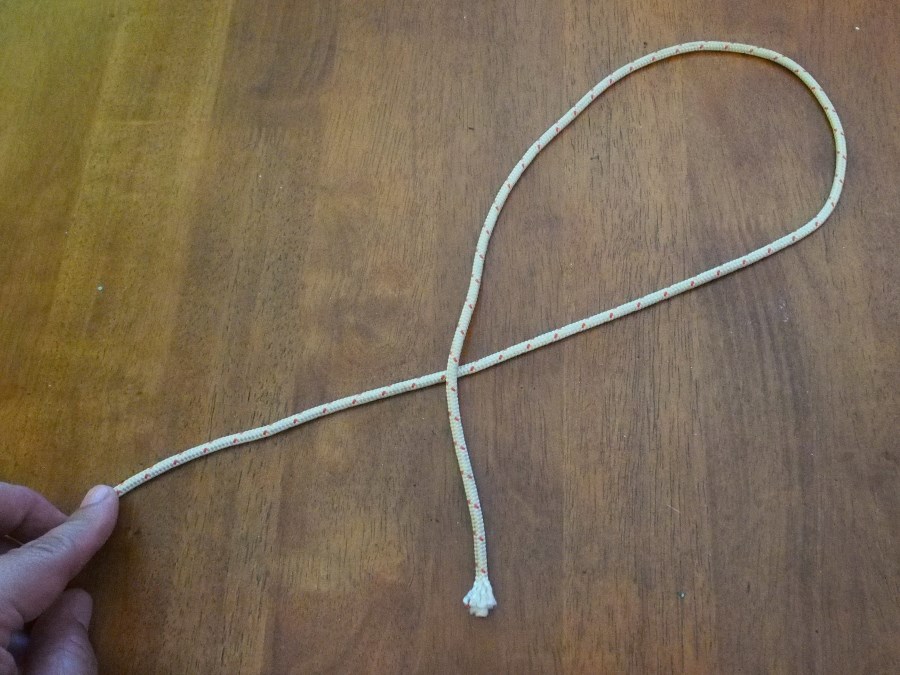
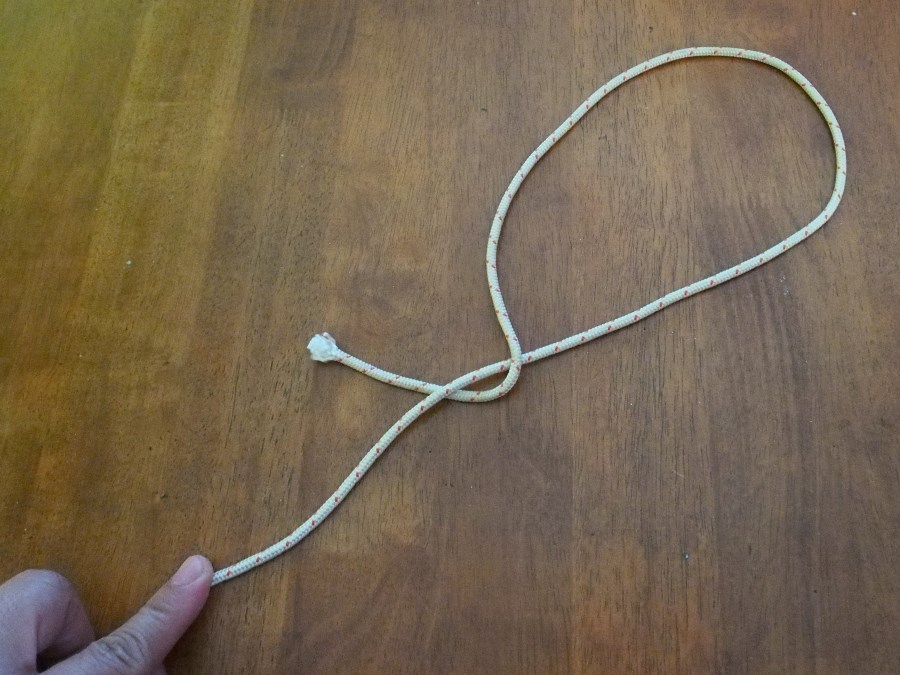
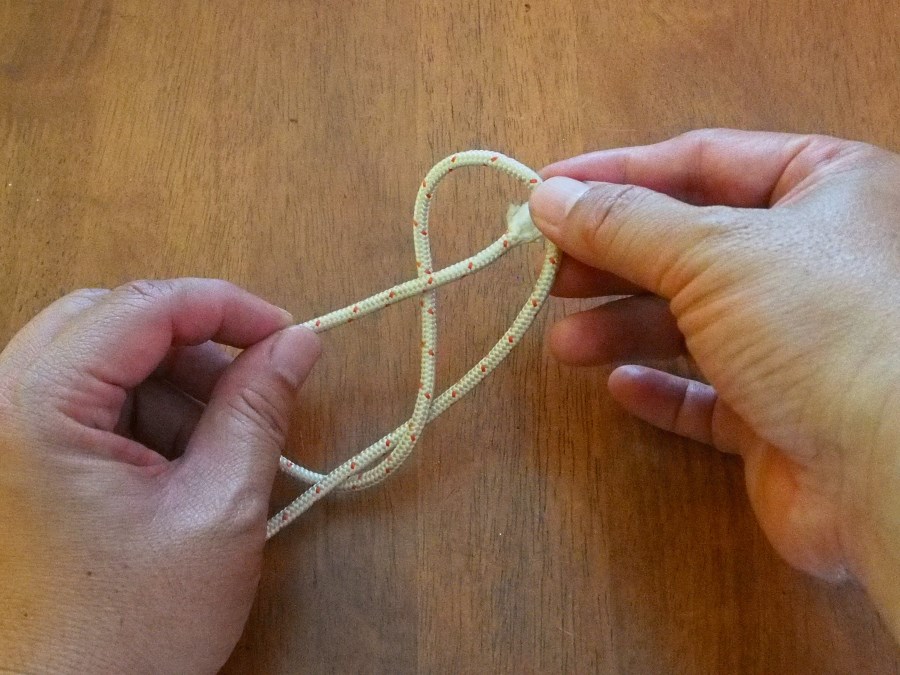
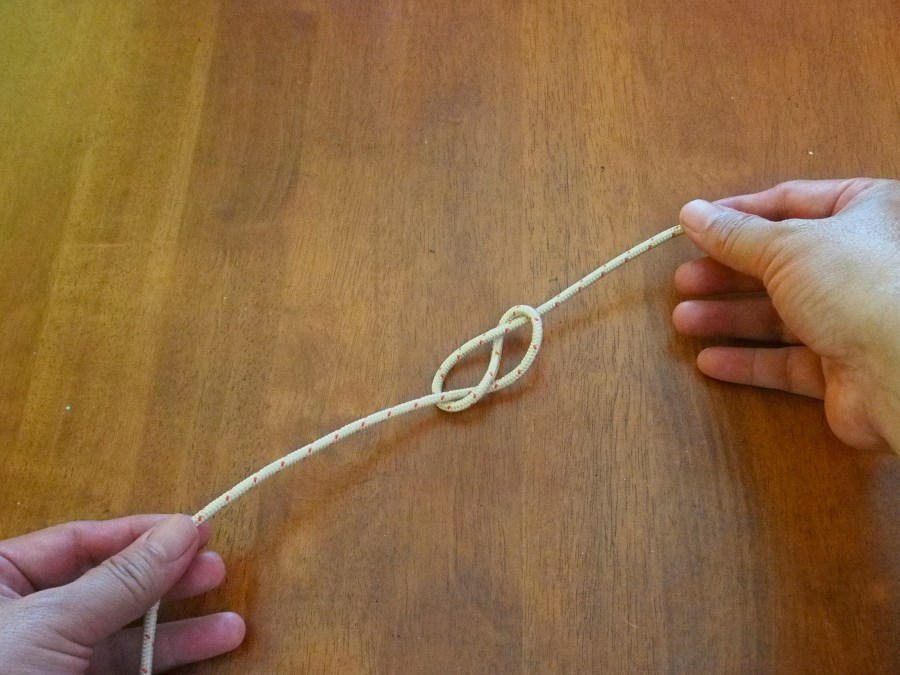
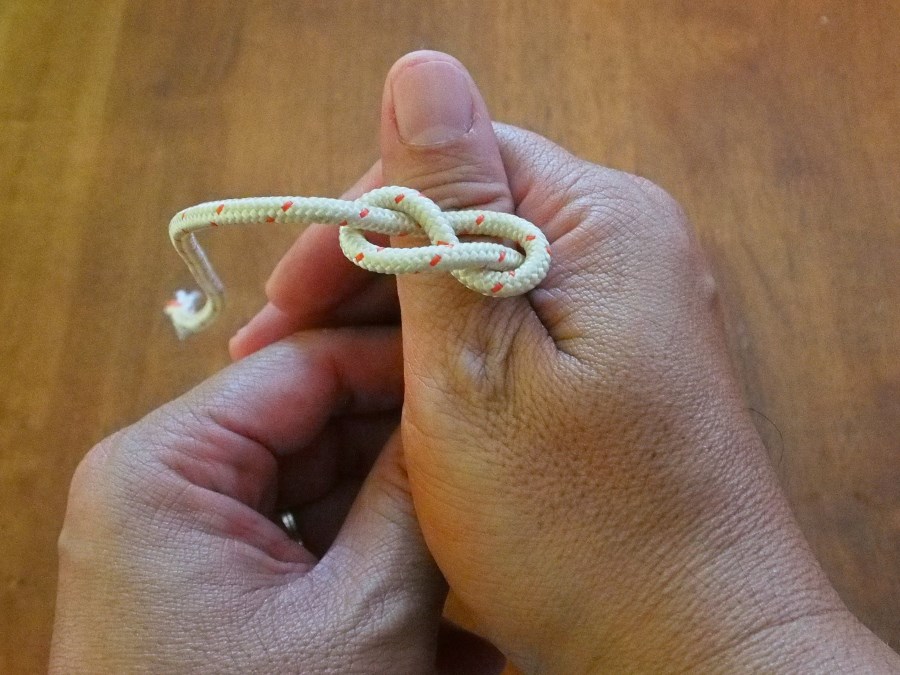
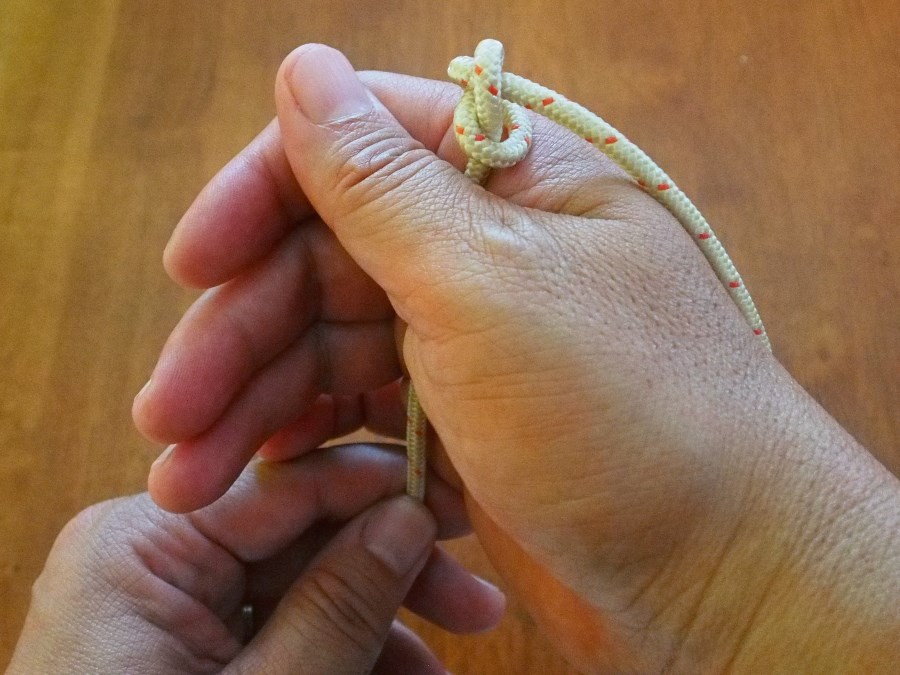
Bowline
The Bowline (pronounced boh-linn) knot is a loop knot and has been around for centuries and is reliable. It is one of the first few knots I learnt when I started learning about knots. It is used to make a loop at the end of a line which you can then use to secure the line to a ring, dive buoy, or something you can hold on to.
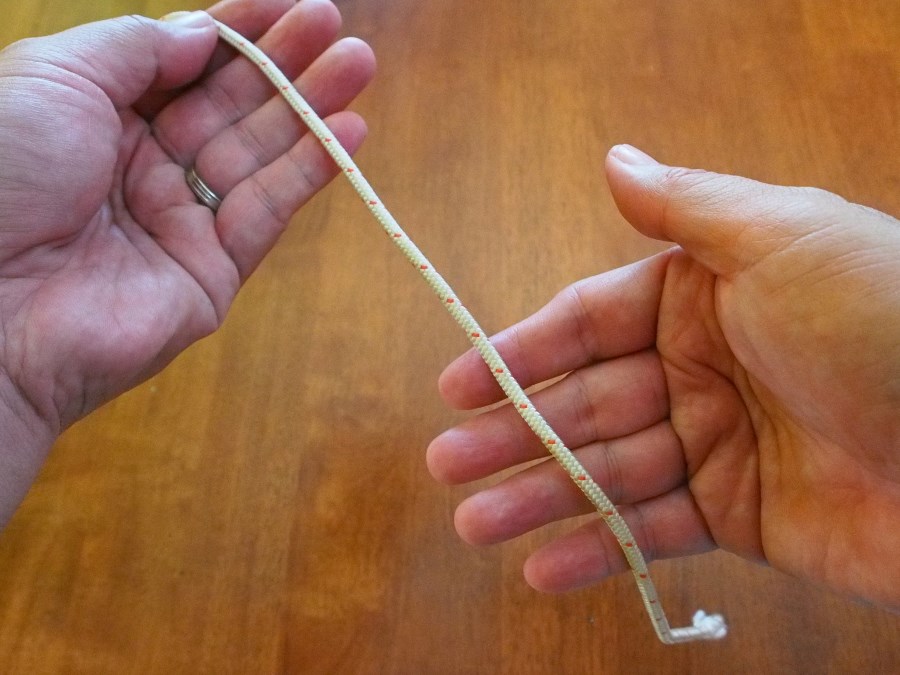
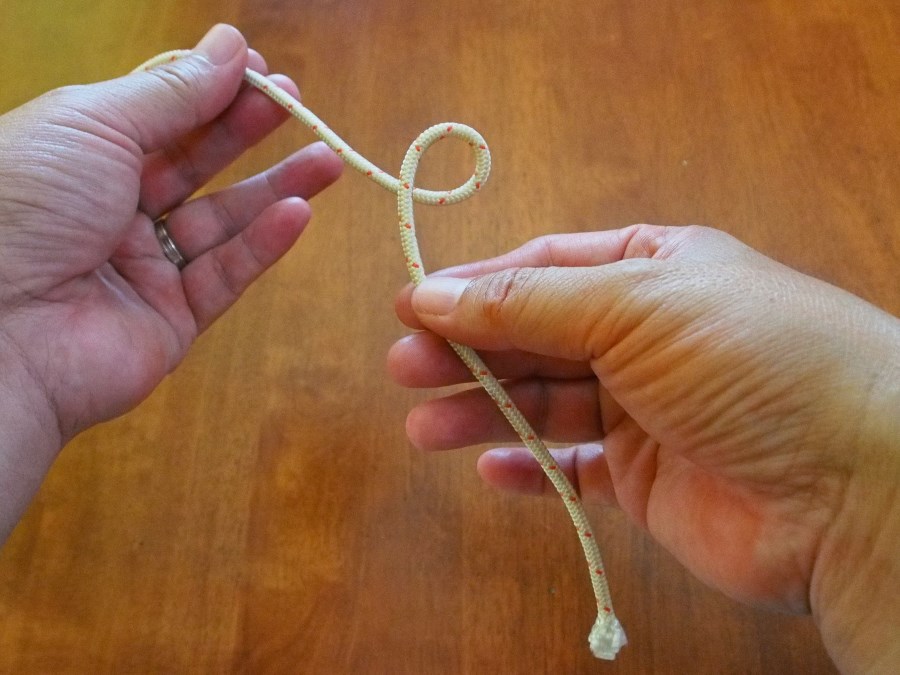
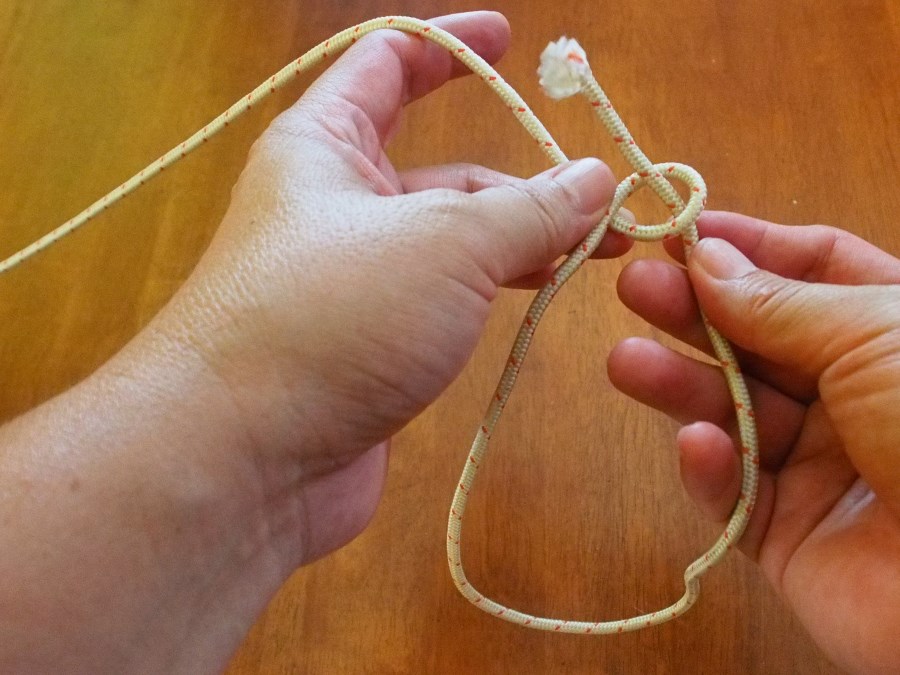
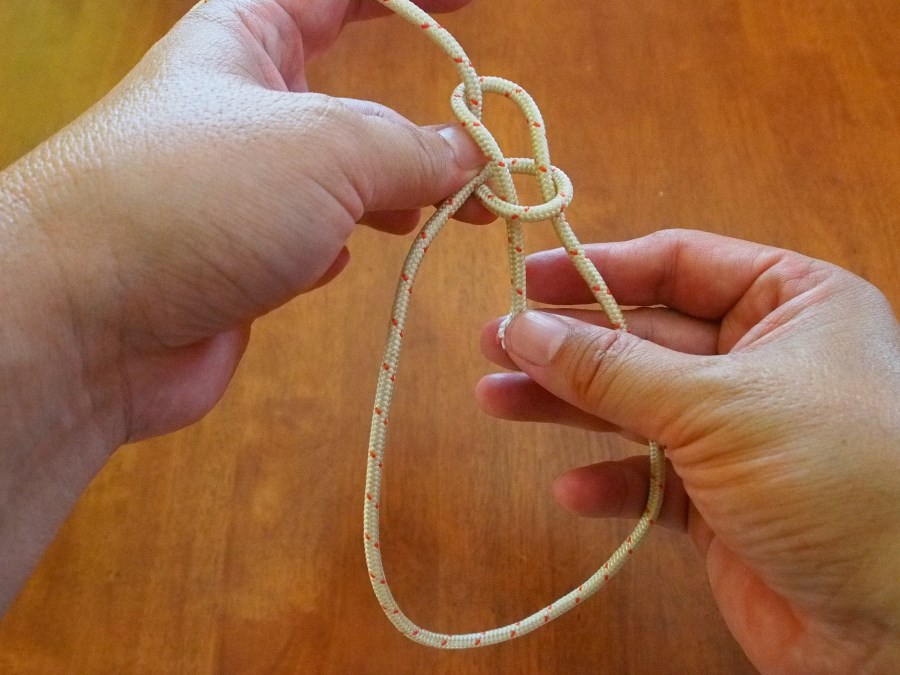
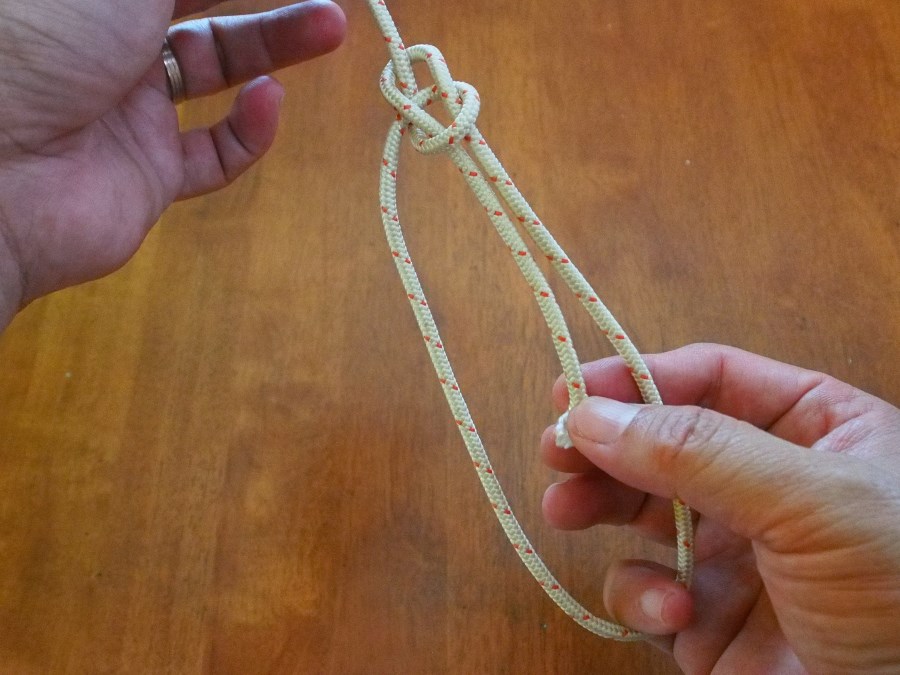
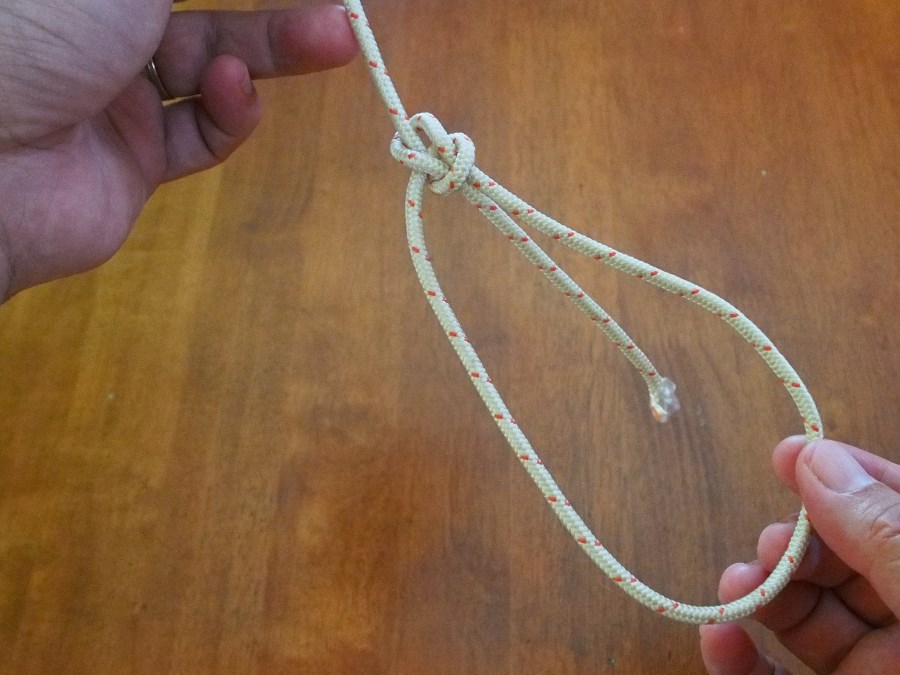
Sheet Bend
The Sheet Bend is a bending knot used for temporarily joining two lines together.
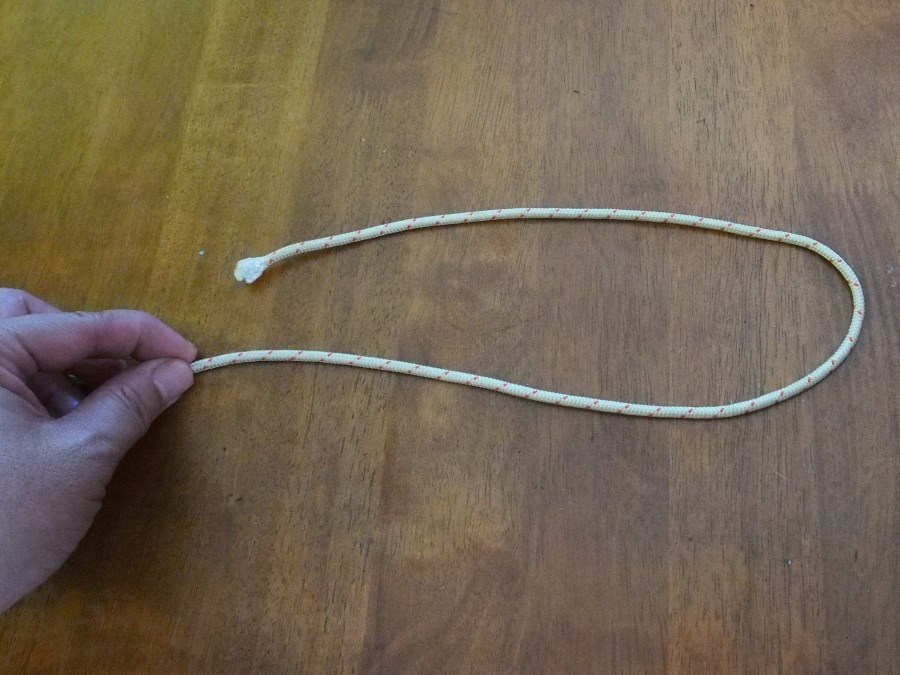
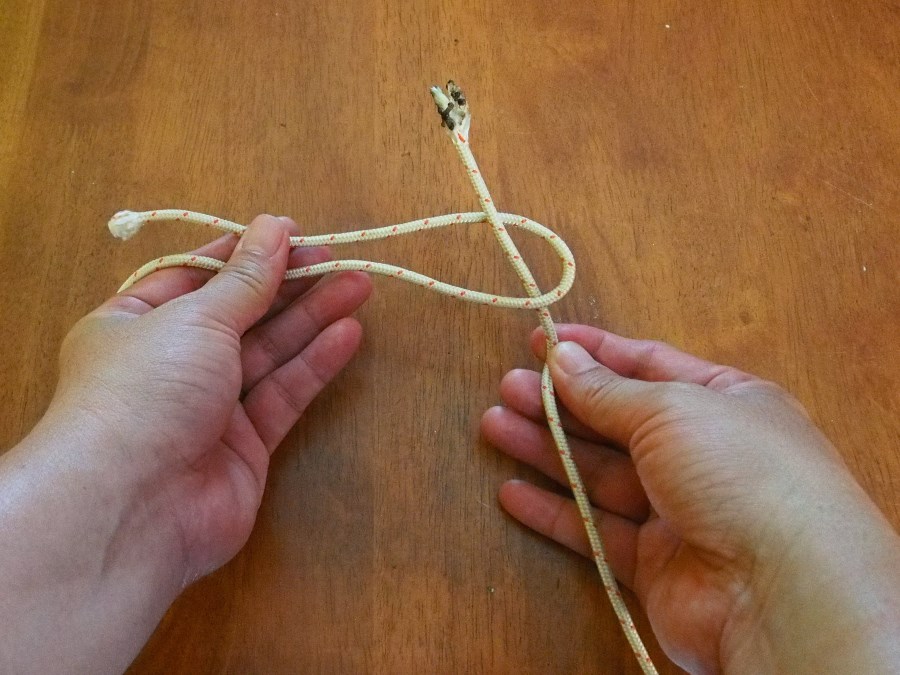
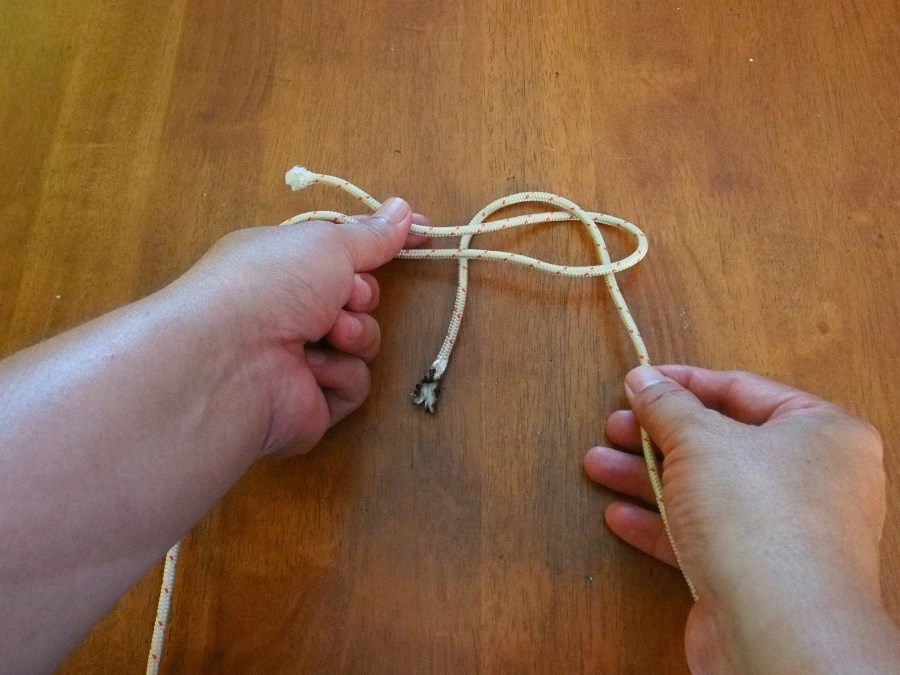
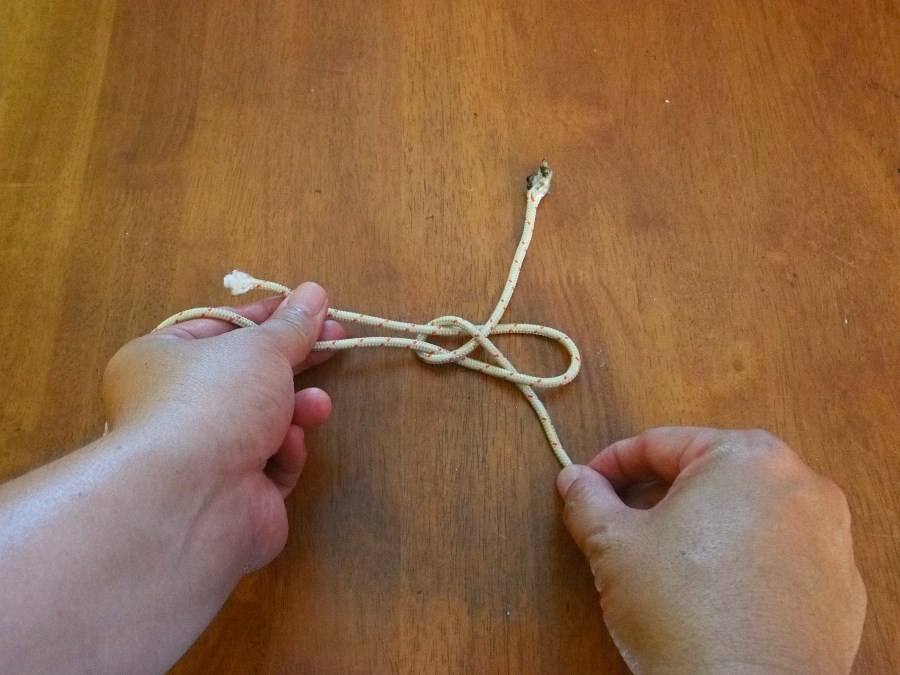
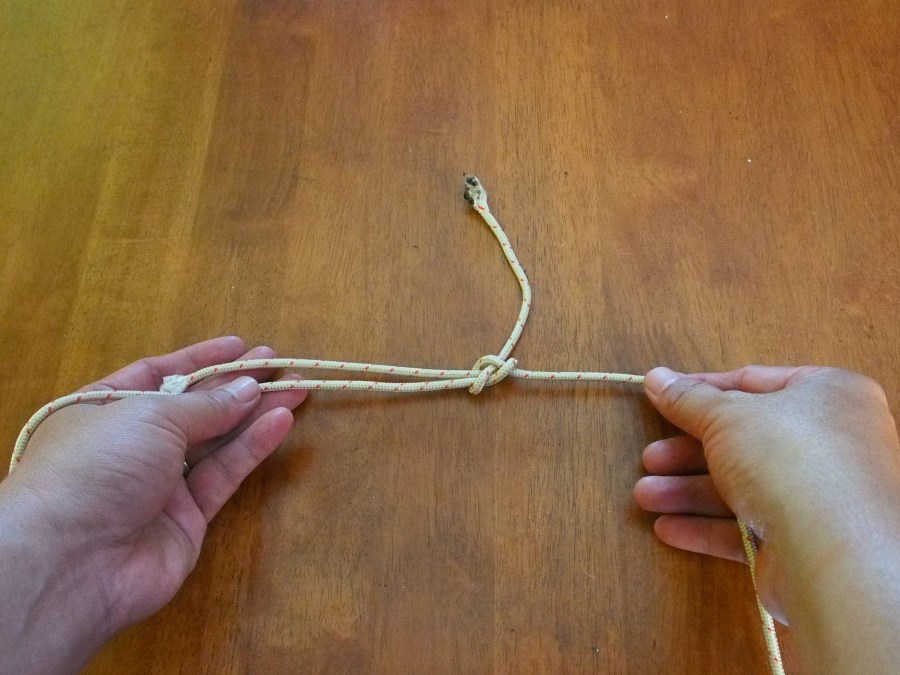
Great! Now you’ve seen how to tie these 3 knots, I hope you’ll start practicing until it becomes muscle memory.
Besides being useful, tying knots can be therapeutic too and provides hours of entertainment.
Can’t I Learn Just One Knot?
But what if you just don’t have time and really only want to learn one knot? According to Gordon Perry, a very well known figure in the knotting community, if there is only 1 knot you have to learn, it would be the Figure of Eight knot. Earlier, you’ve seen this knot used as a stopper knot. Here are the Figure of Eight knots used as a loop and a bend.
Figure of Eight Loop Knot
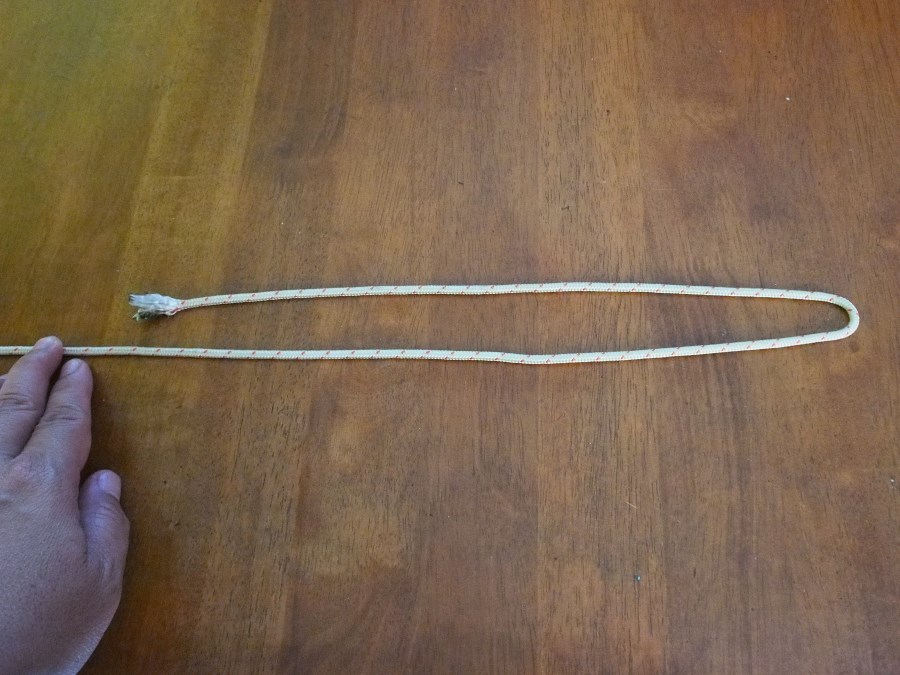
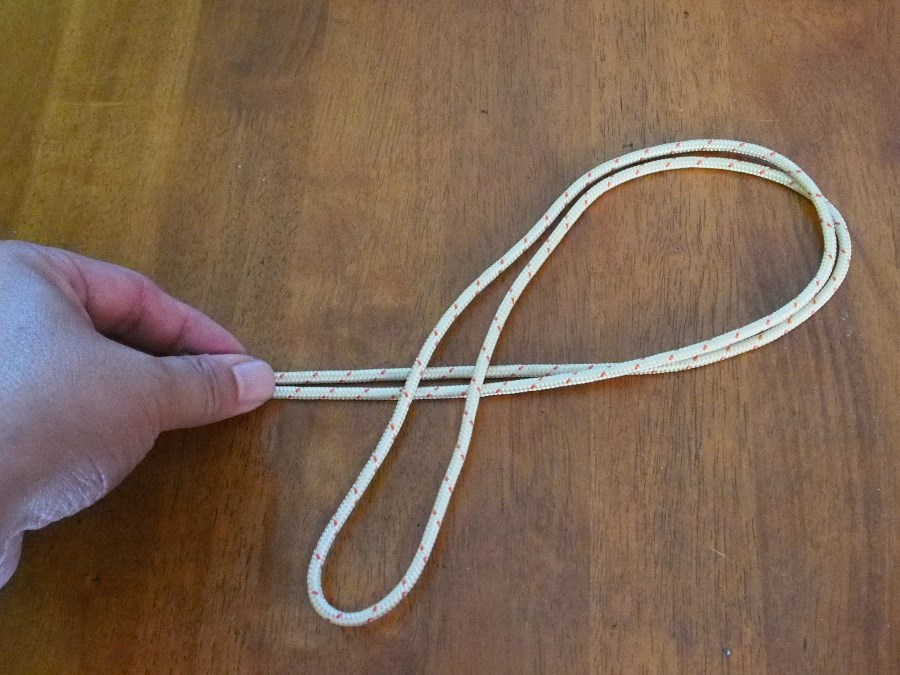
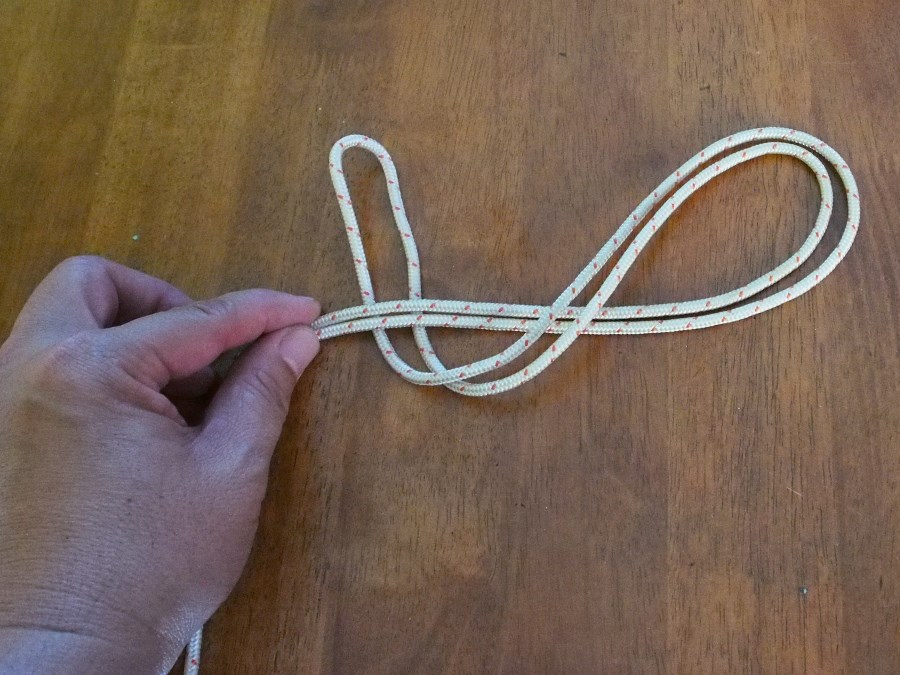
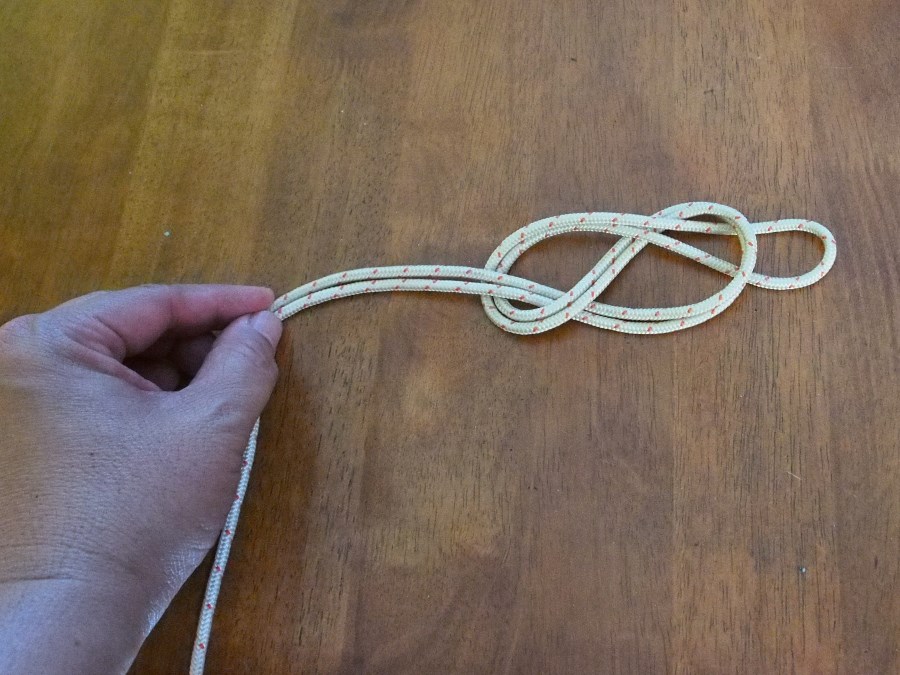
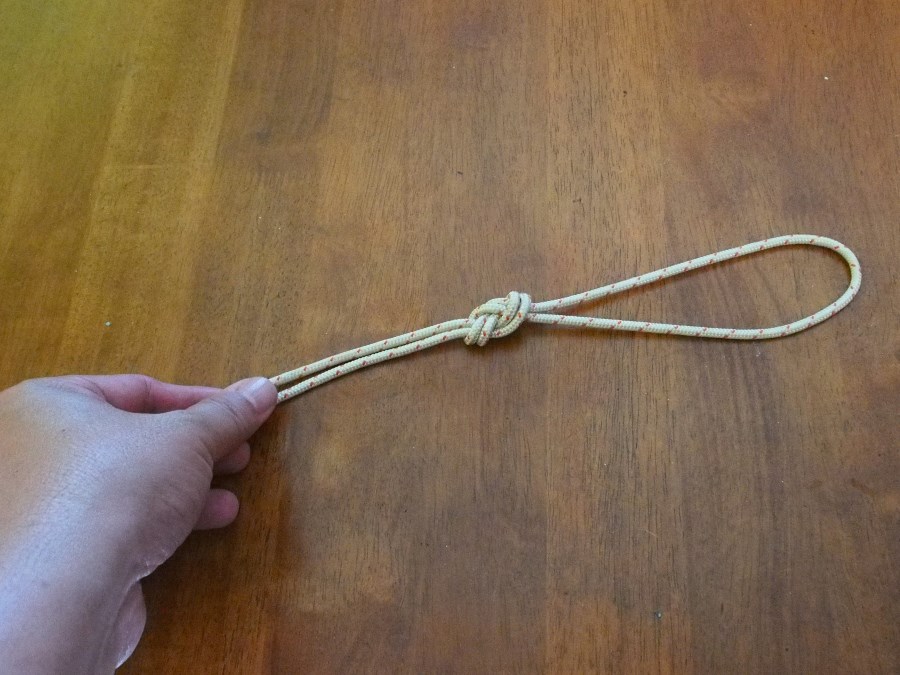
Figure of Eight Bending Knot
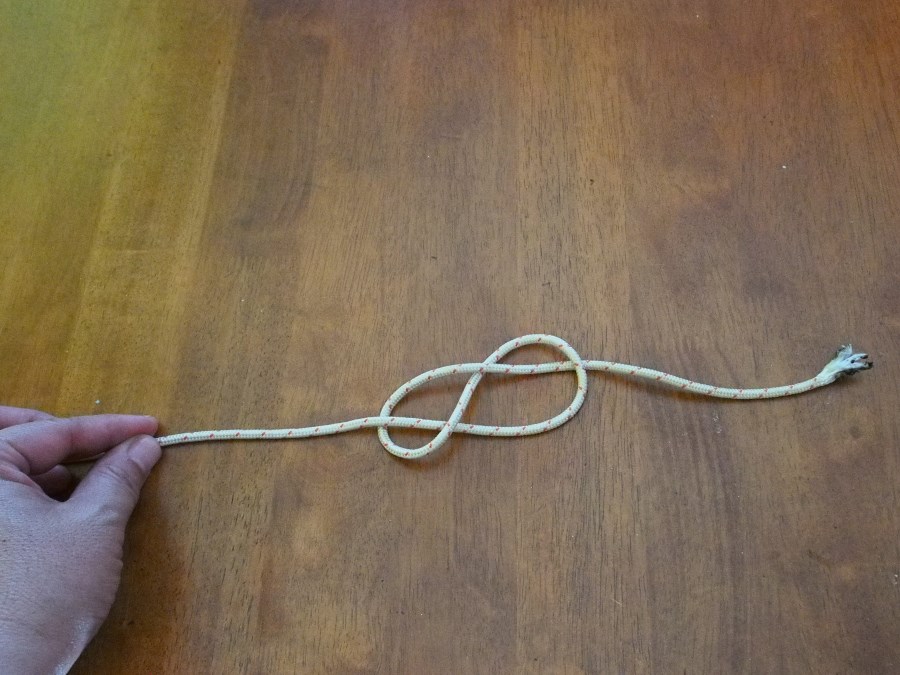
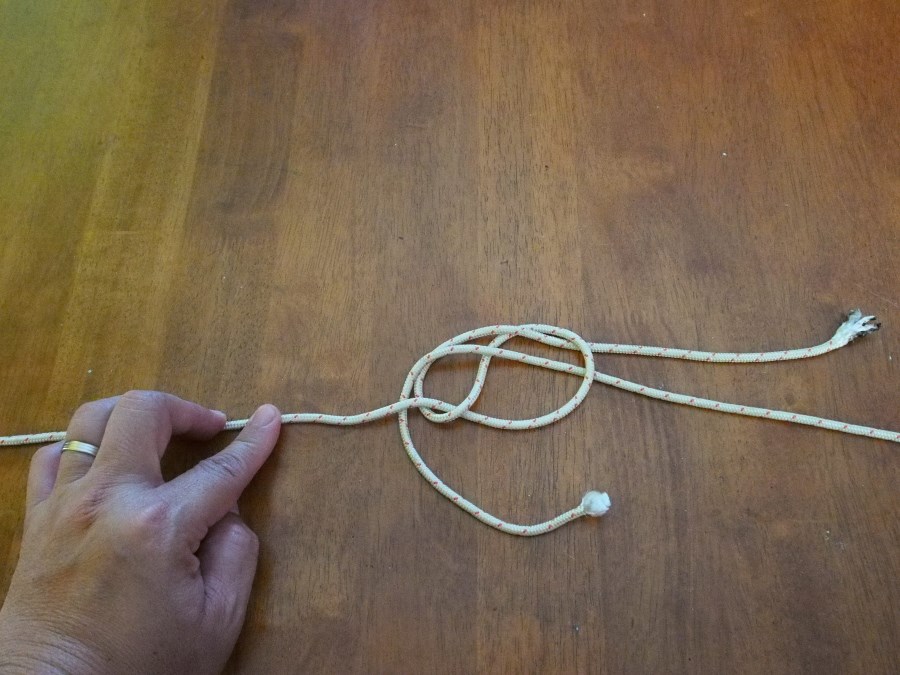
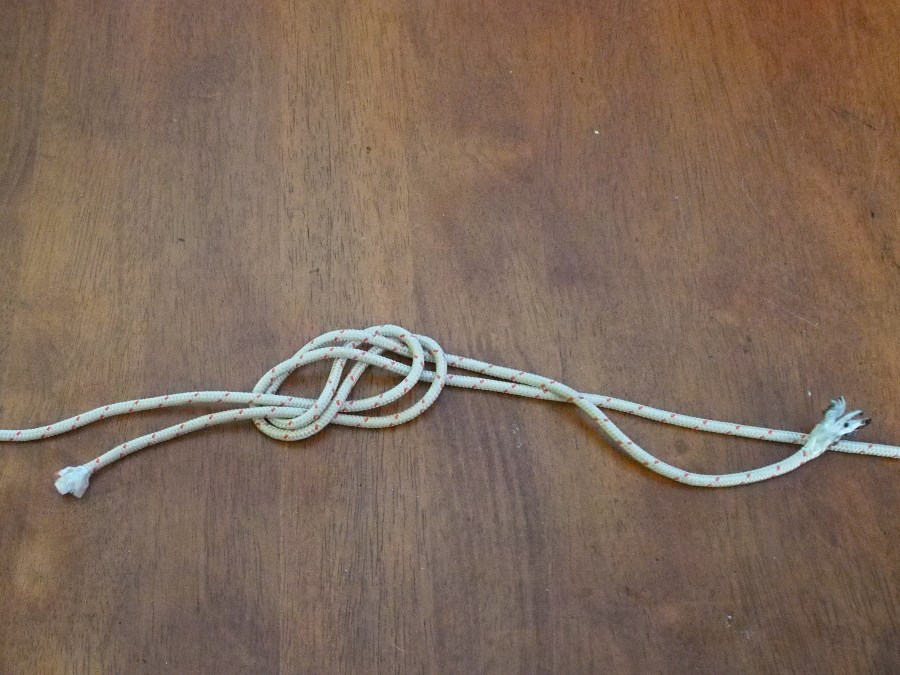
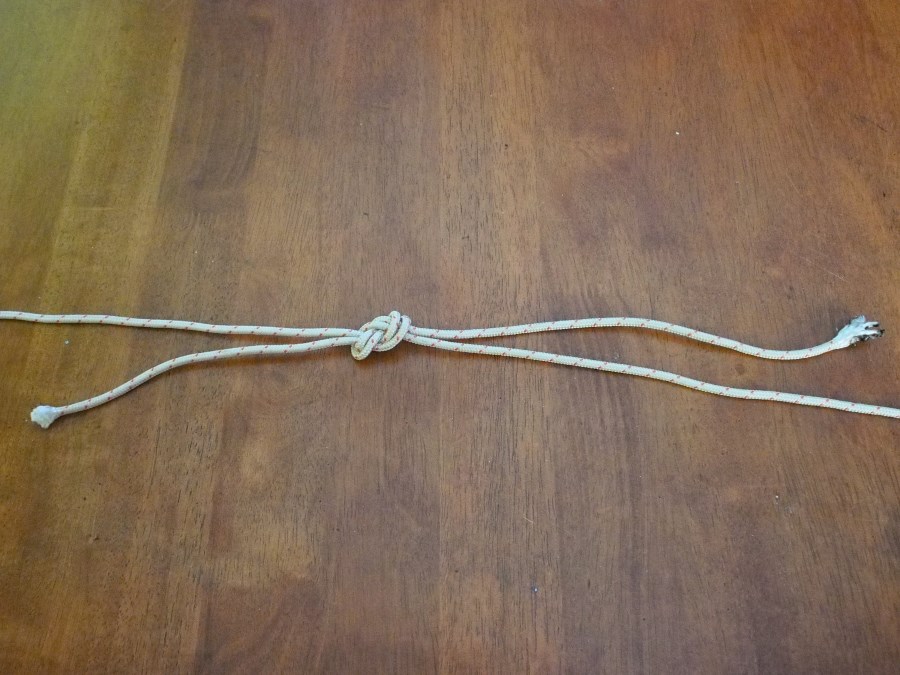
If you enjoyed learning these knots, I would recommend getting some books. The first book I got on knotting was by Des Pawson. Since then, I’ve also collected a number of books on knotting including by Gordon Perry.
Note: As a diver, you should always bring a dive knife on your dives. This is especially so if you are going to a new dive destination, or if you are going to be handling ropes underwater.

